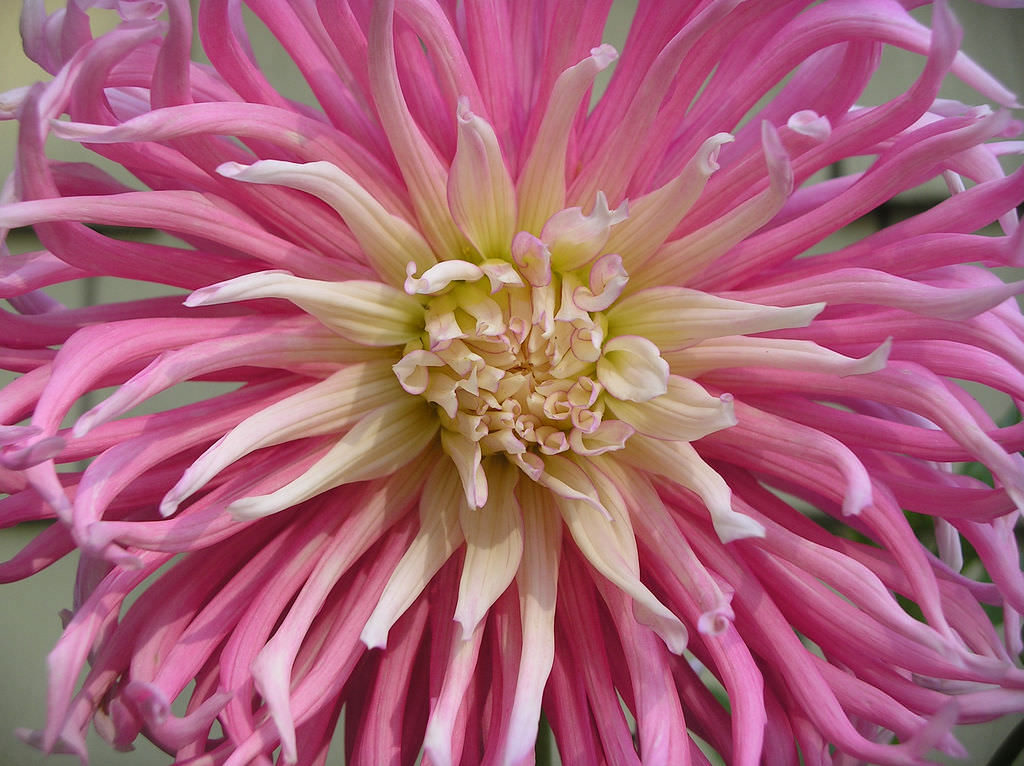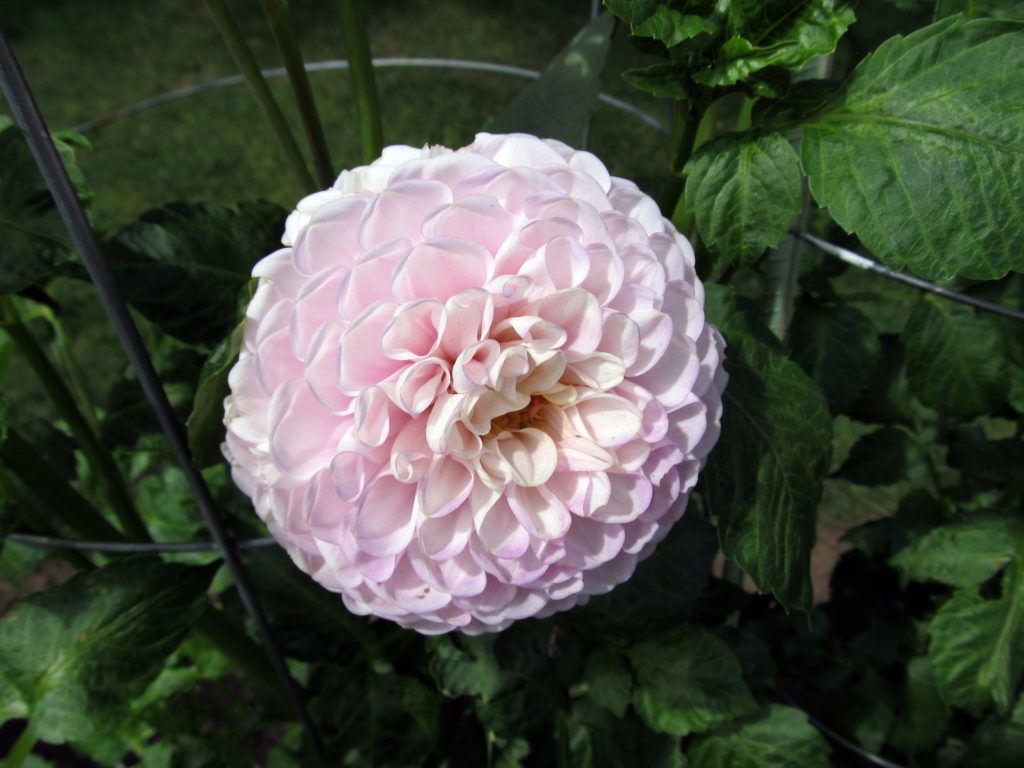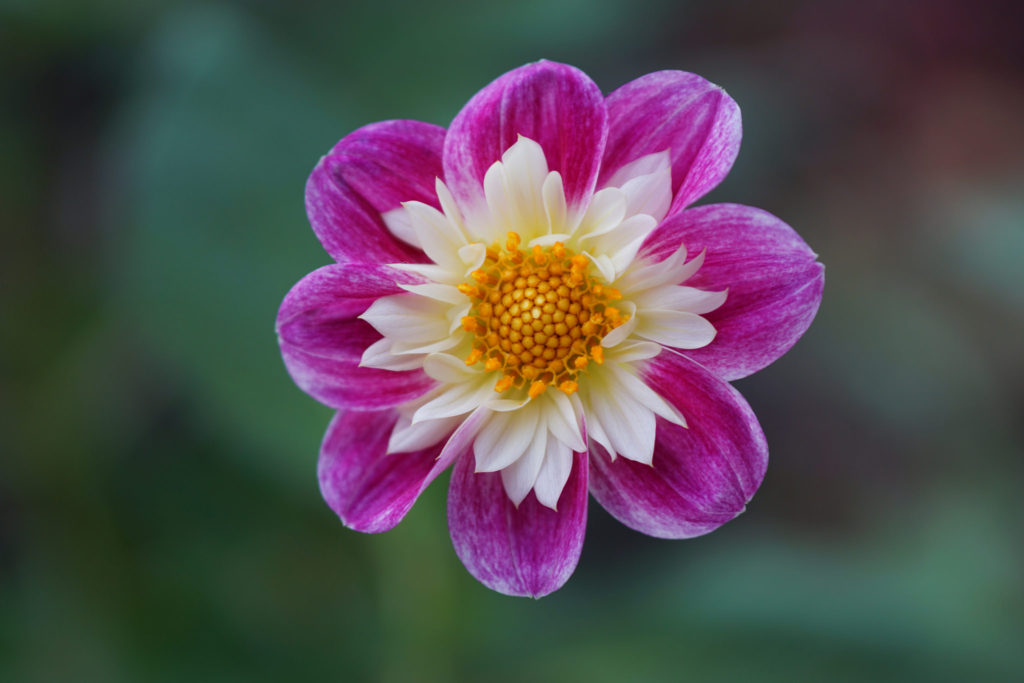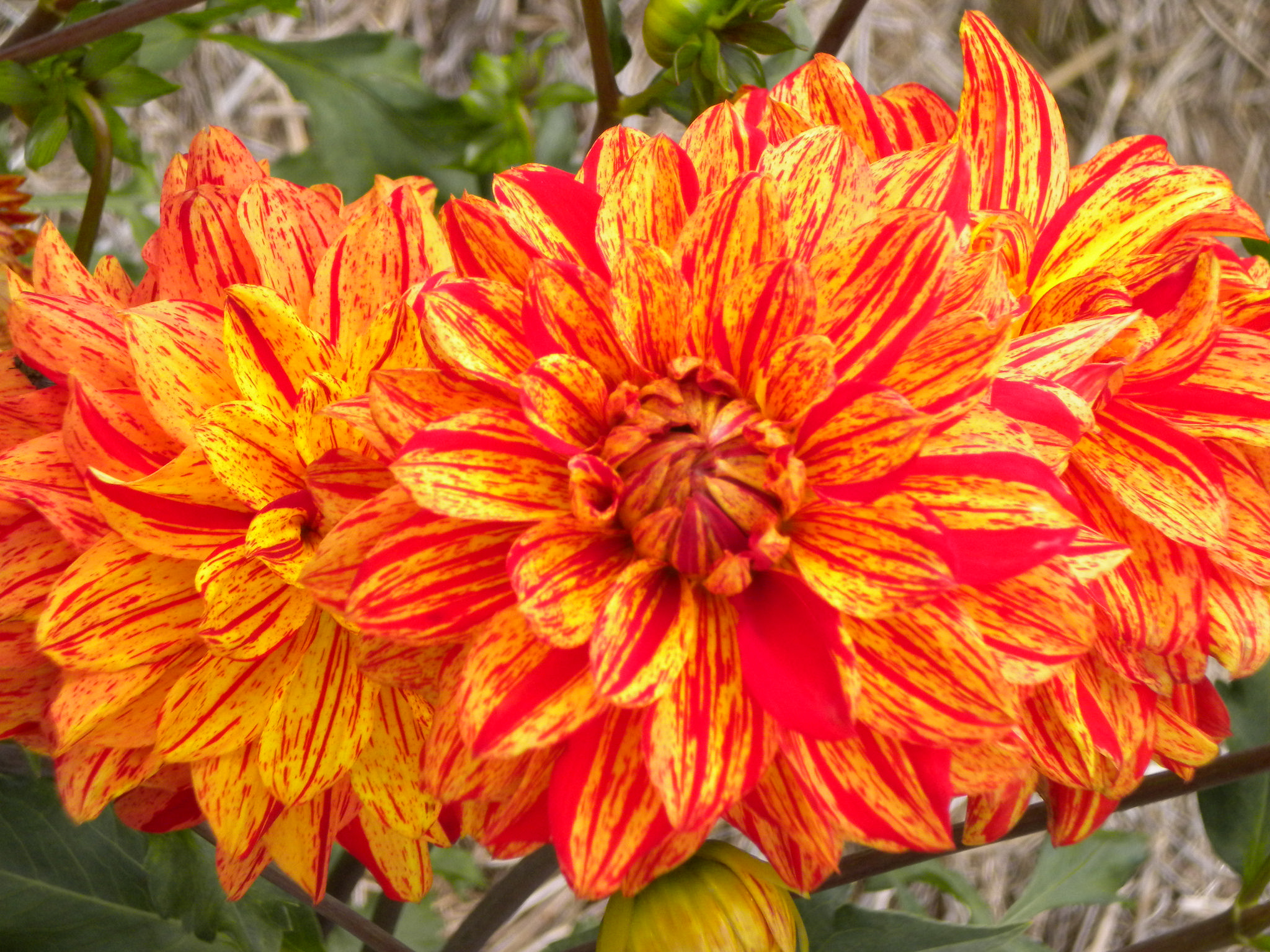In the garden of Laura and Mark Oldenkamp 400 dahlias bob with blooms as small as golf balls and as large a dinner plates.
“We love how diverse they are,” said Laura Oldenkamp, an Oregon State University Extension Service master gardener. “There’s an enormous variation in color, form and size. It’s really astounding.”
She’s not kidding. Intricate swirls of petals arrange themselves in so many designs it takes 19 categories to classify them, those further divvied up into 10 sizes and 15 colors. Pompoms, collarettes, mignons, waterlilies: The names are as colorful as the blooms they describe. Perusing catalogs or visiting Swan Island Dahlias in peak bloom will help you discover your favorites and could set you down the dahlia path along with the Oldenkamps.
The couple began growing dahlias 34 years ago as newlyweds and floundered for the first few years until they hooked up with the American Dahlia Society. Eventually, they joined the Portland Dahlia Society, of which Laura Oldenkamp is now co-vice president.
What started as a casual hobby turned into a passion that’s lasted 34 years, garnered them hundreds of awards and nudged them into the judging world. They even passed the bug on to their two daughters, who now have dahlia gardens of their own and did their own stints as judges. Their oldest – Audrey Grace – even has a reddish-orange formal decorative named after her that was hybridized by a friend.
Native to Mexico and a favorite of the Aztecs, dahlias are a favorite of the Oldenkamps not only for their beauty, but also for their long length of bloom starting in early summer and going through to the first freeze.
“They really look great for a long period of time given the investment of a tuber,” Oldenkamp said. “Holy cow, you get months and months of blooms.”
Laura Oldenkamp shares her years of experience with tips for growing her beloved dahlias:
- Amend the soil with organic matter such as compost or well-rotted steer or chicken manure or add it to the planting hole. “One of the best things to do is feed the soil,” Oldenkamp said.
- Plant after all chance of frost is over and soil has warmed (usually in late May or early June). Site in full sun in soil that drains well with eye facing up. Plant 6 inches deep and 2 to 3 feet apart depending on the size of the plant. Cover with only 2 or 3 inches of soil and fill in the hole as the plant starts to emerge.
- Place a strong stake next to each hole when you plant. Waiting until the plant is growing can damage the tuber and/or the roots.
- Fertilize when plants start coming up with steer manure or a fertilizer with a low percentage of nitrogen. You can determine that by looking at the numbers on the front of the label (i.e. 5-10-10; similar to vegetable fertilizer). Feed again a month after planting and again another month after that. By mid-August stop using fertilizer.
- Water after planting and then only when the rains stop. Once plants are up keep soil evenly moist but never soggy or the tubers may rot. Check moisture by sticking your finger into the soil up to the second knuckle. Don’t overwater or you risk the tuber rotting.
- Snip off dead flowers to keep plant blooming.
- Slugs love young dahlias. Bait or set out traps two weeks after planting and continue throughout the season. Earwigs can also be a problem. To help control them, keep debris away from the flower bed and don’t let the soil get too wet. Some slug baits also are labelled for use on earwigs, or you can trap them by sinking a tuna can in the soil near the plant and filling it with ¼ of cooking oil. Empty every day. “Minimize the amount of pest control you use,” Oldenkamp said. “Wait until you know you have a problem. Then use products according to the instructions on the label.”
- Dahlias will bloom until first frost and then turn brown and die back. At that point, you have the choice of leaving the dahlia tubers in the ground or digging them up. If they remain in the ground, cut back to 2 inches and cover with mulch. They are more susceptible to dying from too much moisture rather than cold, so, again, well-drained soil is essential. “Chances are more will come back than you think,” Oldenkamp said. “It’s remarkable how well they survive here.” Some people will place a plastic bag over the hollow stalks and hold it in place with a rubber band to keep the tubers from rotting.
- Alternatively, once a hard freeze has turned the plants brown, cut back stalks to about 6 inches and dig up tubers. Wash them and let dry for 24 hours in the garage on a tarp or newspaper; don’t let them sit on concrete since it wicks away moisture. By now, one tuber will have grown into a clump of them. Divide by removing new tubers from main stem. Keep those with an eye and store in crates or cardboard boxes with newspaper lining the bottom. Layer tubers in peat moss, sawdust or wood shavings. Store them between 40 and 50 degrees.
- For more information, refer to the Extension pamphlet Dahlia Culture, the two dahlia organizations’ websites (linked above) or attend the Portland Dahlia Society show the last weekend in August at the dance pavilion at Oaks Amusement Park in Portland.





